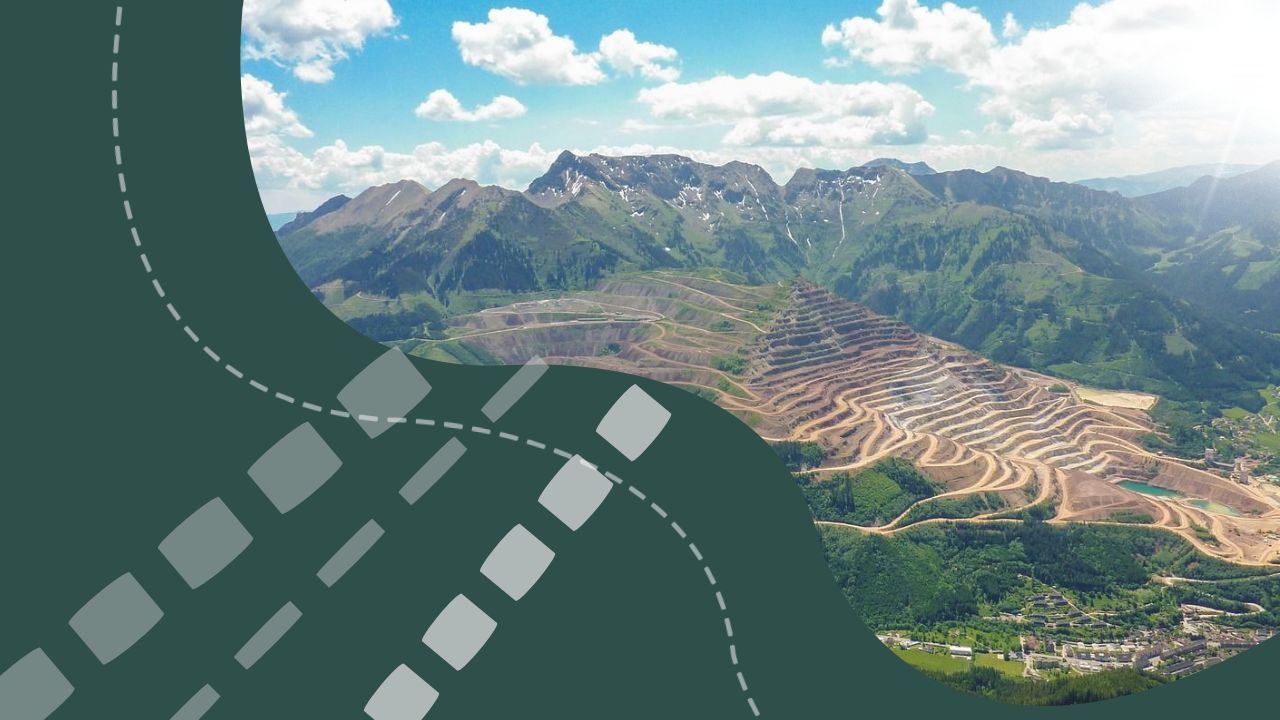The debut of Critical Metals Corp (Nasdaq: CRML) on the Nasdaq, resulting from the merger between European Lithium (ASX: EUR) and Sizzle Acquisition Corp, experienced significant volatility While Sizzle stock surged by 120% in after-hours trading on Tuesday, Critical Metals' debut on Wednesday saw a 38% decline However, by midday on Friday, CRML had rebounded, showing a gain of over 10%
Please login to your account to read an unabridged text.
If you don't have an account, you can create it free by registering here.
Source and Credit: mining.com

